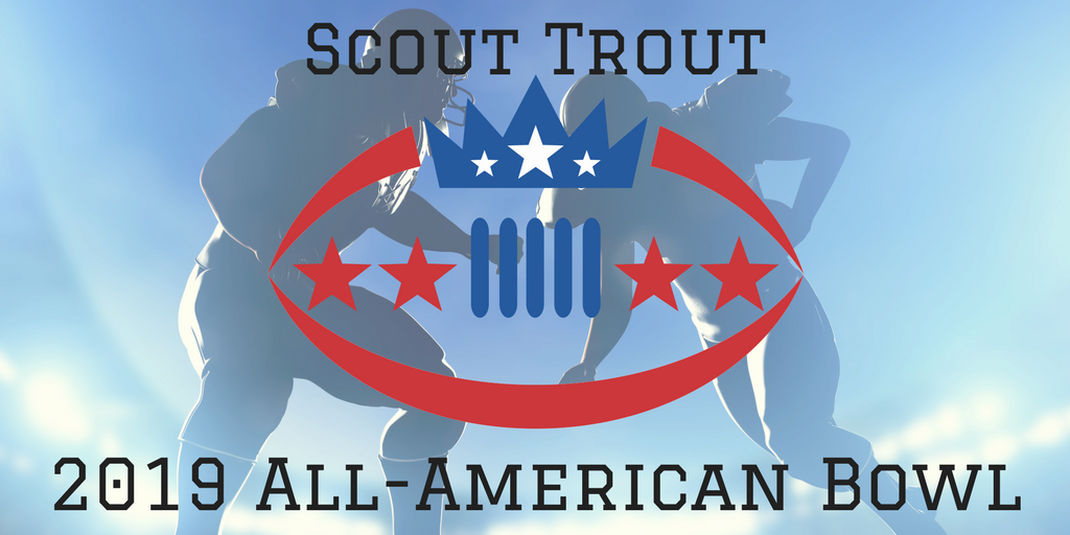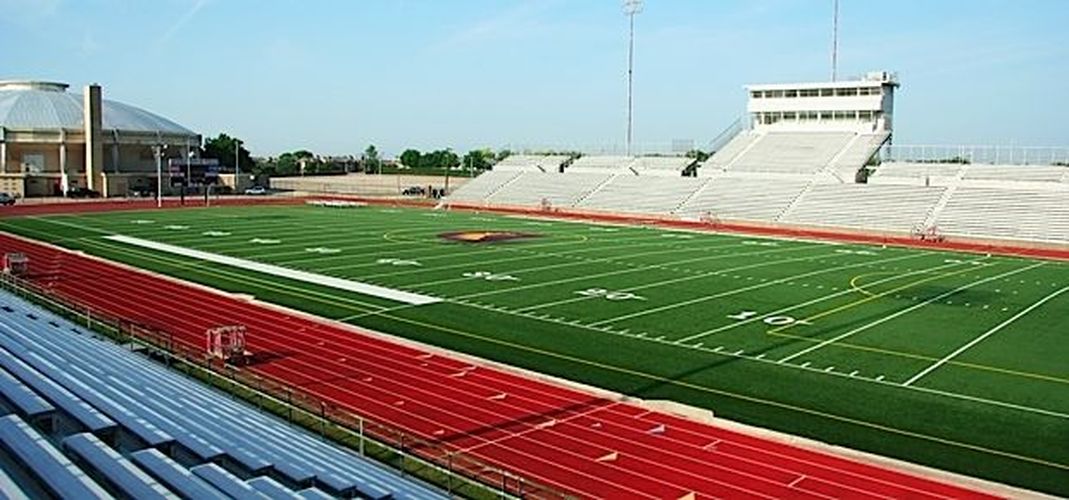Brohm's, Mack's, and Petrino's contracts.
Two buyouts each: termination without cause and resignation (presumably for a better job).
The magnitudes and durations of the three contract are/were very similar, nominally $4 million per year in the first year and running seven years.
The buyout for termination without cause is money paid to the respective coach, and the institution wants that number to be as low as possible. Here's how the contracts compare...
Mack's and Petrino's contracts are identical on this measure. Brohm's is more costly to Purdue if he's fired in the early years (0-4). If Jurich is legitimately one of the best ADs in history--write this down Tyra fans--the current AD did a good job with this particular buyout for Chris Mack.
The other buyout is money that has to be paid to the institution if one of these coaches takes a job elsewhere. Conversely, you want this buyout to be higher to discourage another school from hiring away your coach...
Petrino's buyout is clearly higher if Jurich had remained at U of L which everyone in 2016 certainly believed would happen. Mack's is next best, and Brohm's is significantly worse. Whoever the Purdue AD is, he needs to pay U of L a visit to learn how to negotiate better contracts.
These numbers are a little difficult to find in one place, but I believe them to be accurate. If anyone wants to discuss the sources and has what you think is conflicting info, let us know. I rounded figures to the nearest million or so in order to keep the math simple, and what's a few hundred thousand among friends anyway?...

























